I’m using these five guiding principles as my manifesto of how to raise happy kids this year.
UPDATED >>> This article was so popular I’ve turned it into a free Creative Kids Learning Guide. Click here to get your free copy.
We all want the best for our children and ourselves, and January is naturally when I take time out of our annual routine to review where we’re at. I don’t make new years resolutions but I do like to review myself, my work and my family life and set intentions and goals for the coming year. When it comes to my children, as a home educating family, that includes looking at where we’re at which our ‘school’ plans too.
Whether you’re a parent with children at home or at school, or if you’re a teacher or a grandparent, the start of a new year is a great time to adjust your routines to align your play, learning, and lifestyle with your values.
Here’s my manifesto for happier kids for the year. What would you add?
Manifesto for happy, healthy, creative kids
More play. This is my guiding rule. When my children were at school I would guard the evenings and weekends carefully to allow plenty of time for play. Now we home educate we’re able to build our whole days around learning through play. Whether you want more play in your maths, language, geography, spelling or science, NurtureStore’s archive of resources can help you.
More child-led learning. When we base our activities around our children’s interests they learn better, faster and more happily, because they are interested, passionate, and they can see the value in what they’re doing. I like to use mind maps with my girls and work with them to plan our curriculum around their interests and they learning styles.
More art. We’re filling the first and gloomiest months of the year with gorgeous colour by taking part in the Art Spark online art workshops. The benefits of art are wide and deep, and applicable right across the curriculum. Combining math, science and language with art gives us a whole-brain experience that makes learning richer and more effective.
More time outdoors. There’s no such thing as bad weather, only unsuitable clothing! Learning with the seasons, in a garden classroom, or making an annual nature-study calendar are great excuses to head outdoors more often.
More sensory. I don’t think there’s anything wrong with (thoughtful) screen-time, but children are sensory creatures and they thrive with a life of hands-on, sensory-rich experiences. These Super Sensory Invitations to Play are my go-to bank of ideas for sensory play all through the year.
Get your free Creative Kids Learning Guide
This article was so popular I’ve turned it into a free Creative Kids Learning Guide. Click here to get your free copy.


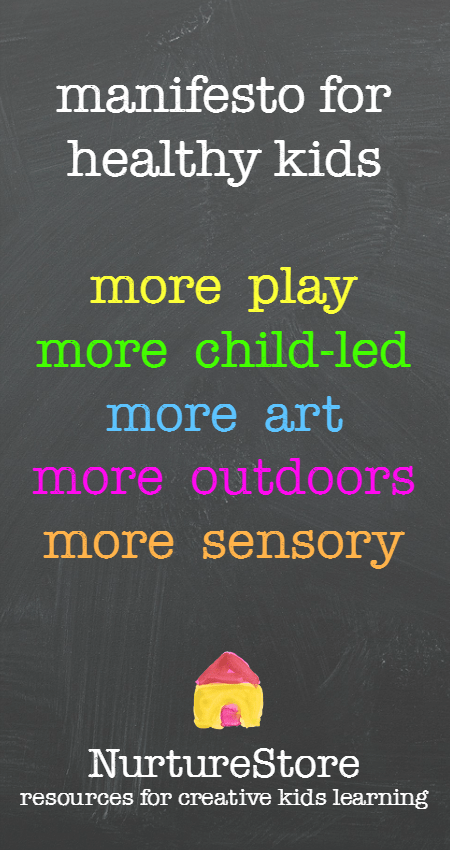

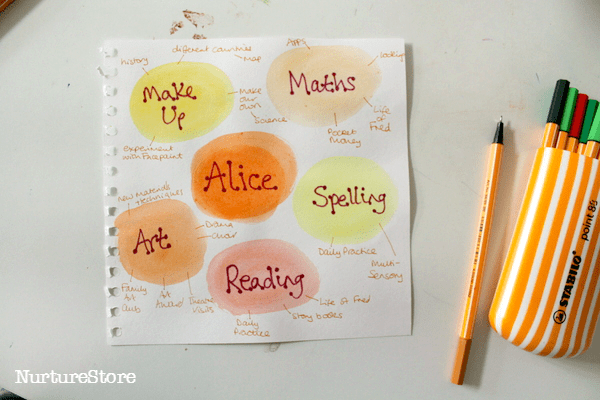
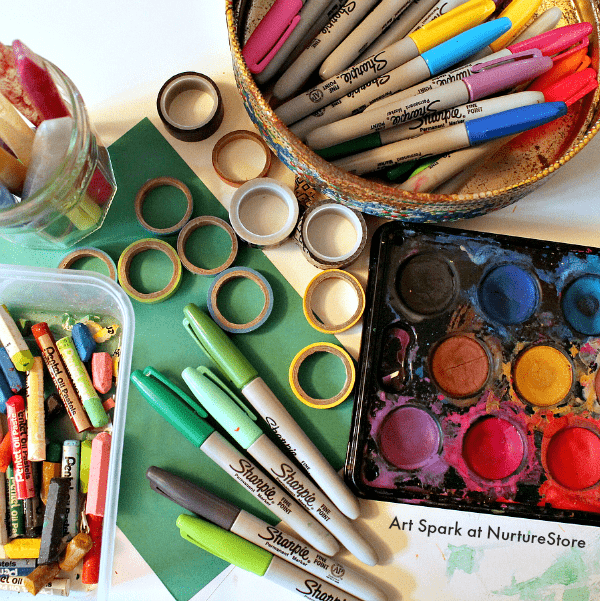

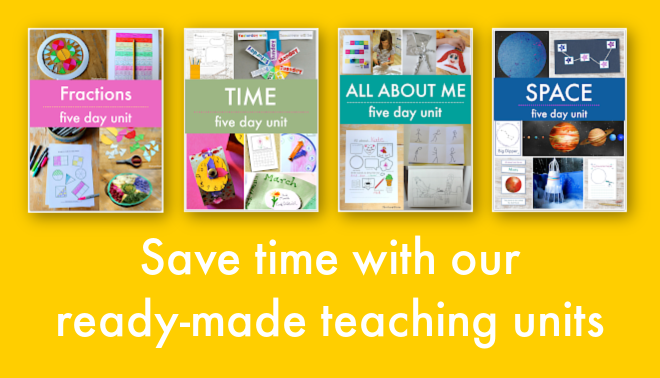
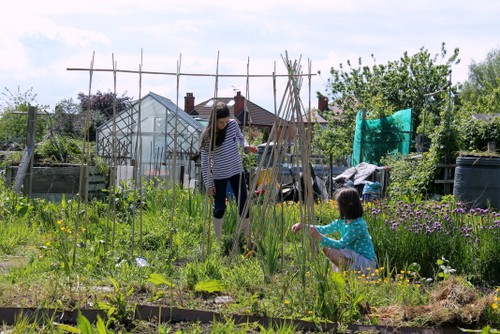
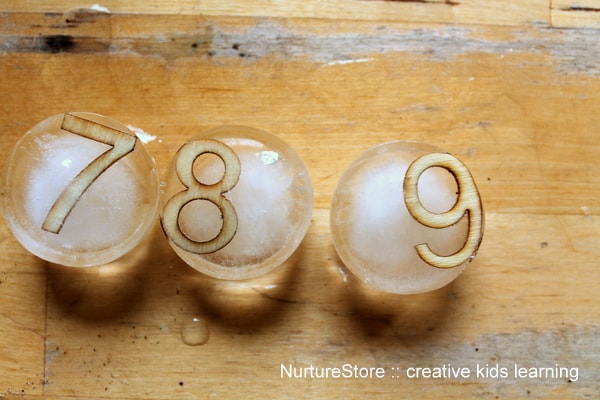
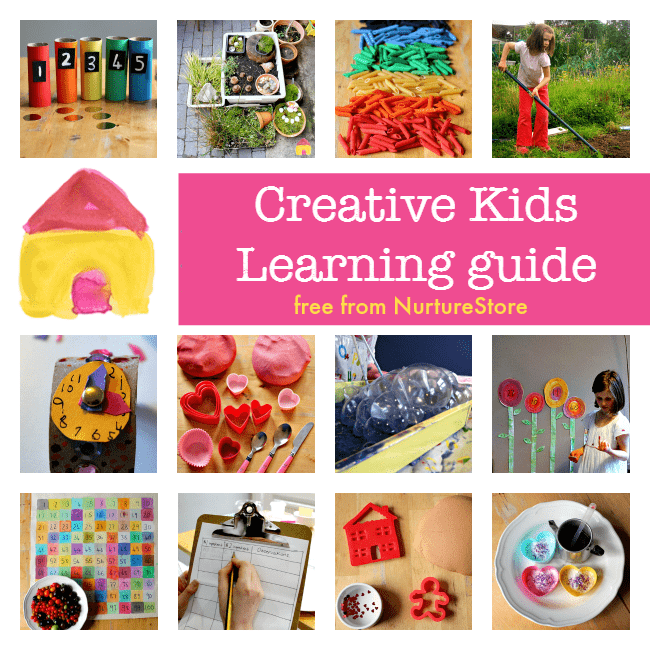
Thank you for sharing!
I truly love your manifesto. I’ve made it a resolution to have outdoor activities more often with my children. We live in an apartment hence no backyard or such but a tiny space- but I’m thinking an urban gardening project this year.
That is a great resolution to have Nur. We live in a city and have a really, really tiny garden, but find we still get so much from it. We borrow our local woods too. Good luck with your plans!
We love your manifesto. It neatly aligns with our home education plans for the year. I want happy healthy children who love their learning. I’m actually going to print out your manifesto if that’s ok and stick it inside my planning folder.
You are very welcome to print it out Marianne. Happy new year and best wishes for your home ed year!
I love the manifesto, I love the whole idea. Can this be used to teach refugee youth? I really love the idea because the normal school curriculum is a challenge to this group since they have language barrier and are from different education curriculums.
Yes, it think these principles are perfect for your group. Have you seen my free Creative Kids Learning guide? It explore each of these principles in more detail. You can find it here: https://nurturestore.co.uk/free-creative-kids-learning-guide